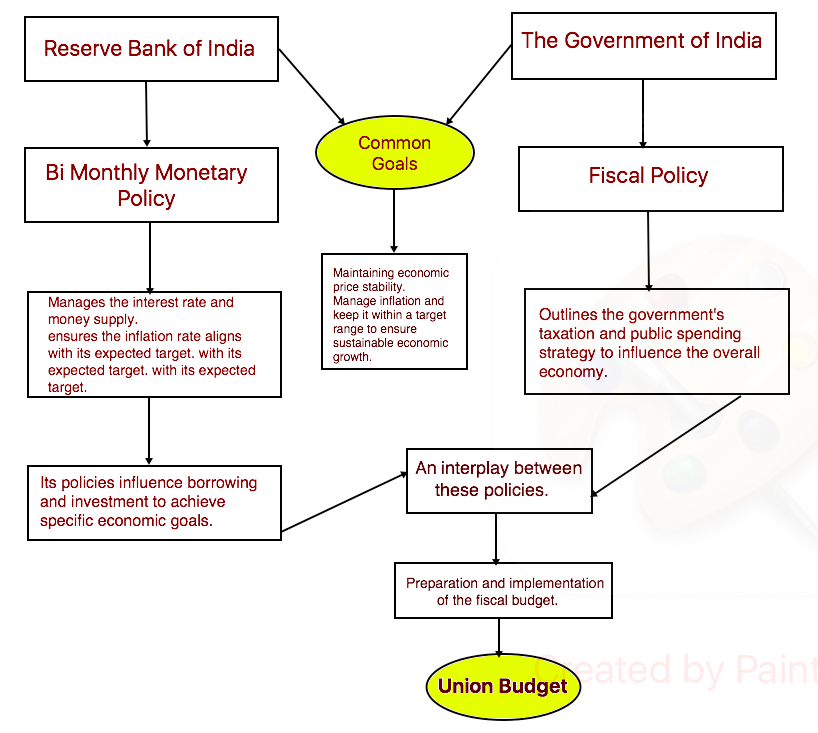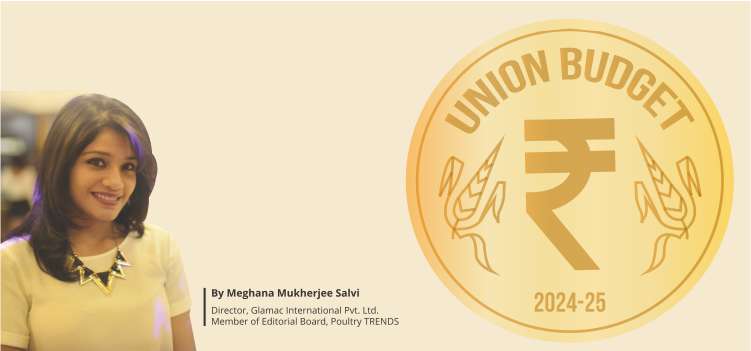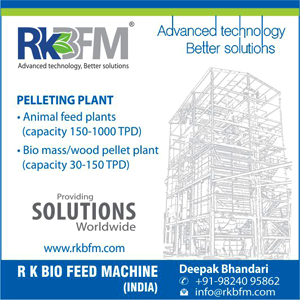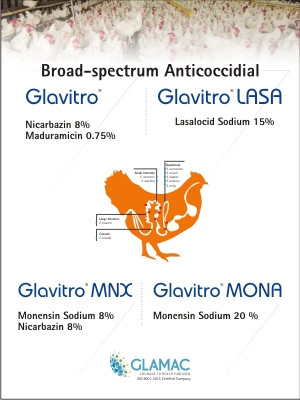Decoding Union Budget 2024 for Indian Poultry Sector: What To Expect?
Author:
Meghana Mukherjee Salvi,
Director, Glamac International
Poultry TRENDS Editorial Board Member
On 23rd July 2024, Union Finance Minister Nirmala Sitaraman presented the BJP-led NDA government’s first budget after its re-election in June. The clock struck 11:00 AM, and the nation was abuzz with anticipation. The budget frenzy was palpable, with the stock market in flux, public discourse at its peak, and the media providing extensive coverage. Investors, businessmen, and the workforce were all part of this moment, closely monitoring the budget speech and dissecting the proposed policies to gauge the impact on their respective sectors.
Homing in on the prospects of agriculture, women and farmer welfare, employment, skill generation, manufacturing, and infrastructure, the Union Budget 2024 has marked the cornerstone for ‘Vikshit Bharat 2024’. As the Indian poultry sector steps into the limelight with a projected CAGR of 8.1% between 2024-2032, it becomes crucial to decipher the budget’s implications.
This article is a deep dive into the budget, offering insights into its impact on the Indian poultry sector.
Let’s explore what the future holds for the poultry industry and whether the budget has successfully met the sector’s expectations.


What is a Budget? An Interplay between Monetary and Fiscal Policy
Therefore, it’s crucial to highlight the inflation rate in the Union Budget. Sharing the inflation rate is significant as it helps businesses, consumers, and policymakers decide where to invest their money, when to spend it, and how much should be left in reserve. It’s also a way of evaluating how well current fiscal and monetary policies work towards curbing inflation and what additional steps must be considered for future stability.
Pre-Budget Expectations: Poultry Industry’s Bucket List
Over the decades, the poultry sector has witnessed staggering heights and is slated for an illustrious growth trajectory. However, the industry is often subjected to challenges such as raw material shortages, price instability, infrastructural bottlenecks, and insufficient government impetus. Recently, the industry has garnered long-awaited central focus, and they haven’t shied away from voicing their opinions and expectations from the Union Budget. Let us have a look at their key demand areas.
1. Expects measures to boost maize supply, a critical ingredient in poultry feed. (Current maize production is 36 MMT and expected requirement is 41 MMT including ethanol production.)
2. Price stability of raw materials like maize and soybean.
3. Import liberalisation (Zero Duty) on corn and wheat will alleviate the sector’s production costs. (Corn prices are rising due to the extended demand of the poultry sector and ethanol manufacturers.)
4. Import of genetically modified (GM) corn and soybean meal should be permitted.
5. Establishing cold storage infrastructure at the retail levels. (Reduce price volatility and increase farmer profitability)
6. Import duty reform for the edible oil sector.
7. Develop a dedicated body to promote chicken and egg exports.
8. Implementing a stringent ban on antibiotic growth promoters in poultry. (Improves animal welfare, product quality and international acceptability.)
9. Reduce the current 18 per cent tax on biosecurity products.
10. Continue the ban on future trading of soybean and its products in NCDEX.
Budget 2023: A Quick Recap
The aftermath of Budget 23 had ramifications, and the poultry industry is still reeling. To get the complete gist of the current budget, let’s turn back the pages to the key highlights that impacted the poultry industry last year.
- Raw Materials: No significant changes in maize, soybean, or wheat import duties were noted, maintaining the status quo for feed costs.
- Ethanol Policy: Incentivising ethanol production. A significant allocation of funds to promote ethanol blending programs. The budget encouraged the diversification of feedstock for producing ethanol. It also proposed subsidies and tax incentives for ethanol producers.
- Infrastructure: The budget promoted the development of cold storage facilities and logistics. It introduced financial incentives to encourage private sector participation. The Agricultural Infrastructure Fund(AIF) received additional funding for cold storage-related projects.
- Export Opportunities: The budget proposed setting up export-oriented slaughterhouses and processing units to ensure compliance with international standards. It also aimed to strengthen the Export Inspection Council (EIC) ‘s capabilities to ensure that meat and egg exports meet quality and safety standards globally.
- Access to Credit: The budget included provisions to expand credit facilities under the Kisan Credit Card(KCC) scheme, including poultry farmers.
- Disease Management: The budget will allocate funds to build advanced diagnostic laboratories, mobile veterinary clinics, IoT and AI-based monitoring systems, rapid response teams, etc.
Breaking Down the Budget’23 – Poultry feed constitutes nearly 70% of the production cost. The industry has witnessed extreme shortages in essential raw materials, leading to staggering price hikes. It has led to a shot up in production costs, yet price recovery has been dismal. There is a massive gap between the farm gate prices of poultry products and their retail prices. This highlights that farmers are not receiving fair prices and face immense losses. Thus, a solution to stabilize the availability of raw materials holds precedence. The ethanol policy creates a further dent in maize availability. Though the budget incentivizes infrastructure development, it will likely span over some time. Thus, the effects will only be felt with a time lag. Lastly, promoting the export of Indian poultry products opens the door to a vast global market; it should be pursued after strengthening production and satisfying a growing domestic demand.
Budget 2024: A detailed Overview
The budget for 2024 included multiple key proposals that significantly impact the poultry sector. Let’s examine each of the proposed recommendations and understand its plausible implications.
Solidifying Raw Materials (Pulses & Oilseeds)
Securing the availability of key raw materials like maize and soybeans is essential to streamlining the poultry supply chain and stabilizing the sector.
What the Budget Proposes
• To achieve self-sufficiency in pulses, an ‘Atmanirbharta‘ strategy is being implemented to strengthen production, storage, and marketing for oilseeds such as sesame, soybean, mustard, groundnut, and sunflower.
• A large-scale vegetable production cluster will be developed closer to major consumption areas. The cluster aims to integrate Farmer-Producer Organisations (FPOs), cooperatives, and start-ups.
• There is a provision of ₹1.52 lakh crore for agriculture and allied sectors. This includes those growing critical raw materials like maize and soybeans.
• Developing cold storage facilities and improved infrastructure will curtail losses and boost the supply of quality produce.
• Exemption of basic customs duty and AIDC on crude soybean oil imports and sunflower seed oil.
Interpretation—These measures collectively strive to improve key raw material availability. They are incentivizing the farmers to increase production and also easing imports to meet the domestic shortage. These steps should arrest the current shortage of maize and soybeans and stabilize prices in the long run.
Enhancing Export Competitiveness
Focusing on infrastructure, market access, and product quality is imperative for Indian produce to meet global standards.
What the Budget Proposes
• A proposed budget of ₹11,11,111 crore for capital expenditure.
• Significant funds to enhance cold storage and logistics infrastructure.
• No custom duty on mineral and vitamin premixes.
• Credit Guarantee Scheme for MSMEs in the manufacturing sector. It includes MSMEs producing poultry equipment, feed, and medicines. From facilitating term loans for the purchase of machinery and equipment, pooling credit risks, self-financing guarantee cover-up of ₹100 crore, and continuation of bank credit during stress periods, the budget has an expansive proposal for boosting MSMEs.
Interpretation—Logistics and cold storage facilities are central to ensuring poultry produce is transported with minimal losses and without affecting product quality. Adequate cold storage facilities ensure increased shelf life for poultry products and maintain quality. With the proposed CapeX, state-of-the-art processing units and storage facilities may be developed.
Poultry Industry: The Road Ahead
Agricultural infrastructure, customs relaxation, and crop production are expected to positively impact the availability and affordability of essential raw materials for poultry feed, such as maize and soybean. In view of these suggestions about the poultry industry, there seems to be a ray of hope in terms of addressing challenges related to raw material availability, price stability, and export facilitation.
The Union Budget 2024 rightly acknowledges the challenges the poultry sector is facing. While it may have fulfilled only some of the sector’s demands, it has recognized this economic player’s significant contribution to the national GDP. The Budget aligns with the industry’s expectations, demonstrating a clear commitment to promoting sustainability and development. This recognition and commitment should instil a sense of optimism in the industry’s stakeholders about the poultry sector’s future.
Despite these steps, competition remains an uphill task for this sub-sector if it is to gain more ground. Poor maize production, among others, such as the need for quality domestic meat and egg products, new market creation, and improvements in transport systems, are some issues that ail them today. These challenges are necessary for its consolidation in the market and gaining sustainability. Still, by proposing these measures, India’s Union Budget 2024 betrays intentions to address its concerns and priorities over Indian poultry, potentially unlocking developmental opportunities among other stakeholders for India’s long-term prosperity.






